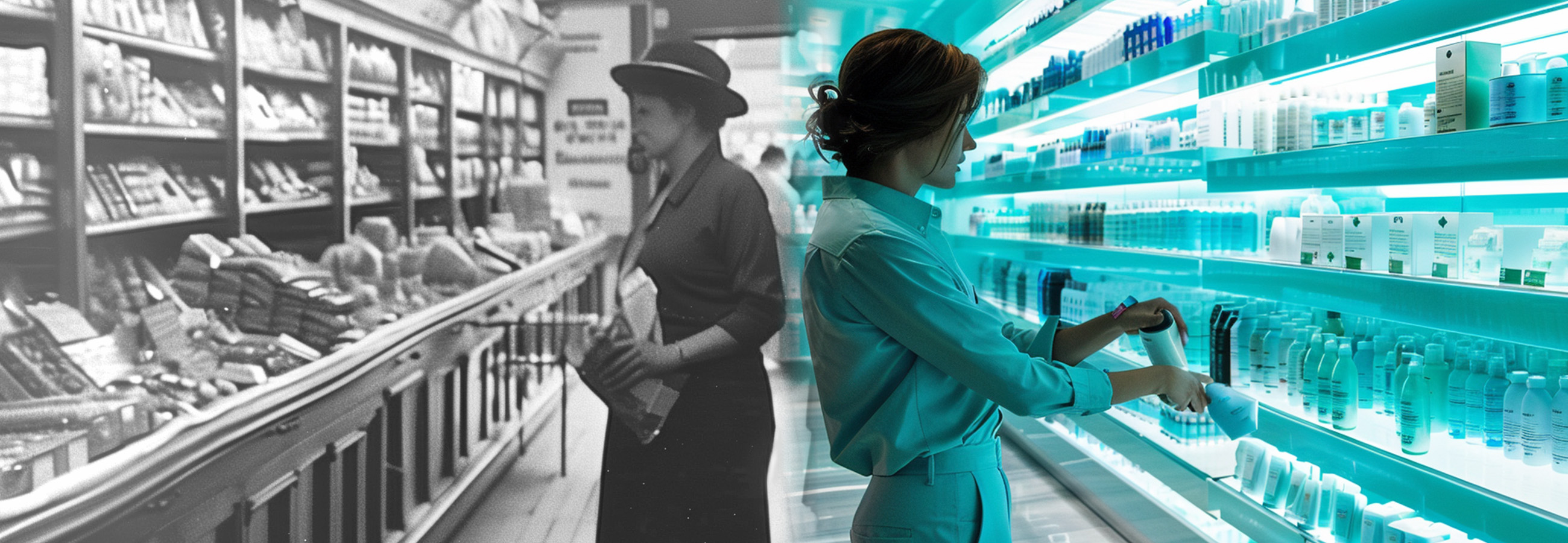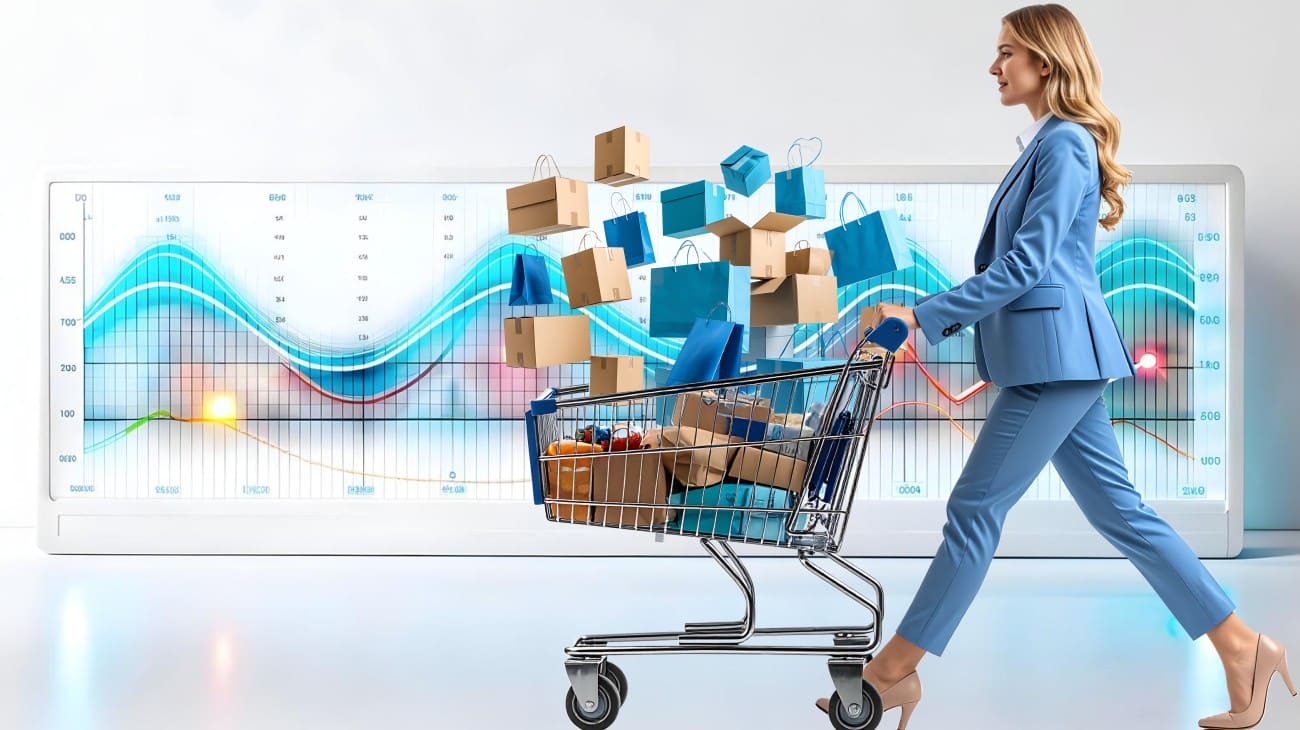Can you imagine the working day of a merchandiser or purchasing executive today without a smartphone or laptop? Hardly, isn’t it? Everything ranging from business chats and an email to confidential documents and special programs is in a laptop and smartphone. But before penetrating the daily work life of every employee, technologies first developed and integrated into the business processes of major FMCG corporations, and then became part of small retail businesses.
Volatile economy and political turbulence, growing competition, and increasingly demanding customers force FMCG companies to continuously improve their business processes and adapt to new market environment. The tools available to the company do not always cope with the tasks, so the business needs new technologies and solutions.
Today, retail technologies imply accurate and personalized advertising campaigns, personalized marketing in retail, predicting customer behavior, reducing warehousing and transportation costs, supply chain automation, improving the quality of customer service, and much more.
In this article we will tell you how the development of FMCG technologies began and which solutions are gaining popularity today.
Table of Сontents
FMCG Technology Evolution: from Mechanical Cash Registers to Artificial Intelligence and Autonomous Robots

For a long time, retail trade was only about market squares and local shops. But at the end of the 19th century the first department store was launched. Department stores provided shoppers with a much larger selection of goods, which improved consumer traffic. All these radically changed the retail trade — now it was necessary to serve many people faster and better at once, and the established processes could not cope with this.

First cash registers for accurate financial accounting
The first cash register was invented in 1879; it was a simple adding machine. At that time, a cash register was needed to control cash and combat employee theft. The bell sound when the machine was opened warned managers about this.
A few years later, the cash register was improved. Now it was able to print the date and time on the receipt, automatically record the sales amount and count the change.
The cash register became the first automation system for accurate accounting and control of finances in stores. In addition, it made customer service faster significantly.

Credit cards: a new way to grow sales
Today, credit cards are widely used not only in the United States, but throughout the world. Research shows that shoppers spend 112% more when they buy with credit cards. Nothing has changed in the last 80 years. In the 1940s and 1950s, when credit cards began to be issued, retail stores also noticed that the volume and value of purchases increased.
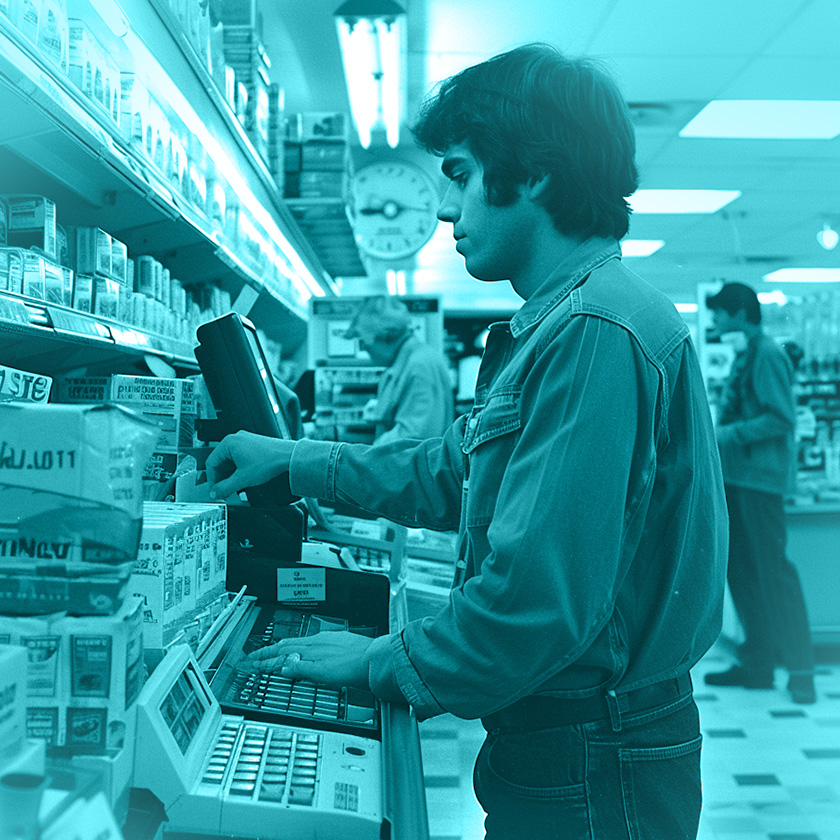
Barcode: accuracy and speed of operations
In the 1970s, FMCG became an automated industry. It was at that time that the barcode was invented — a technology that is still relevant today. The first barcode scanner for reading information about goods at the checkout was presented by IBM. And the first to use it in business processes was the American retailer Kroger.
The barcode has expedited, for example, inventory control, purchasing and sales accounting, and has also improved the accuracy and speed of all operations. Now, for information to appear in the accounting system, employees only need to scan a barcode, instead of entering the price or other parameters manually.
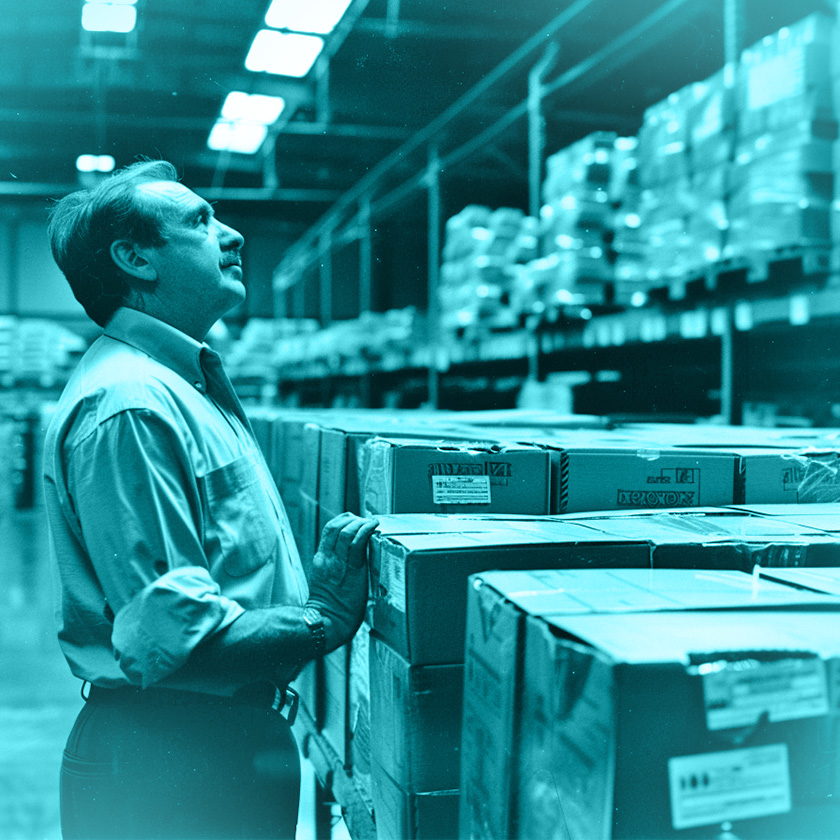
Inventory management
In 1971, Walmart opened its first distribution center. This happened against the backdrop of the rapid development of computers and the use of barcodes, which in 1975 resulted in the creation of the first Warehouse Management System.
The idea of the first systems was simple — to determine what is in the warehouse, where exactly it is stored and how much can be sold. Barcodes have helped quickly identify goods and monitor their movement. All this helped commerce develop even faster and move to digital transformation in retail.

Internet and E-commerce growth in FMCG
The Internet has changed commerce forever. Back in 1995, Amazon and Ebay served as an example for many businesses who were also trying to join e-commerce. Today, 86% of all FMCG companies are available online.
The Internet has become a powerful tool for attracting new customers and expanding your audience. Companies began creating their own websites and online stores where consumers could easily and conveniently shop from home.
The advent of smartphones further popularized this trend. Now you can make purchases not only at any time, but also anywhere.
The Internet and mobility allowed companies to obtain more information from their audience: age, gender, interests, habits, etc. Therefore, businesses were able to personalize offers, improve the shopping experience and foster brand loyalty. For example, Procter & Gamble analyzes data about consumer purchases and preferences to deliver targeted offers and promotional messages.

Retail analytics and AI
The emergence of artificial intelligence has helped improve and streamline almost all processes of FMCG companies: ranging from production of goods to sales analytics. Machine learning, computer vision, Data Science and other AI technologies help supervise processes, identify deviations, trends, and make recommendations.
There are many options for using AI in FMCG and retail. We talked about this in detail in the article titled Benefits of Computer Vision in Retail.
Artificial intelligence can predict demand for products. Machine learning algorithms analyze vast amounts of data on purchases, consumer preferences and external factors such as seasonal changes to help companies optimize production and establish effective sales and raw material procurement strategies.
In addition, computer vision is used to monitor shelf display. The Goods Checker solution analyzes photos taken by the merchandiser or a fixed camera, compares the display of goods against planograms, and highlight gaps. As a result, the audit time of a retail outlet is reduced and the quality and accuracy of reports is improved. Companies are aware of the real situation on the shelves, such as the actual planogram compliance rate, and can take timely measures.
End of story for traditional retail. Now is the time for FMCG and Retail Tech
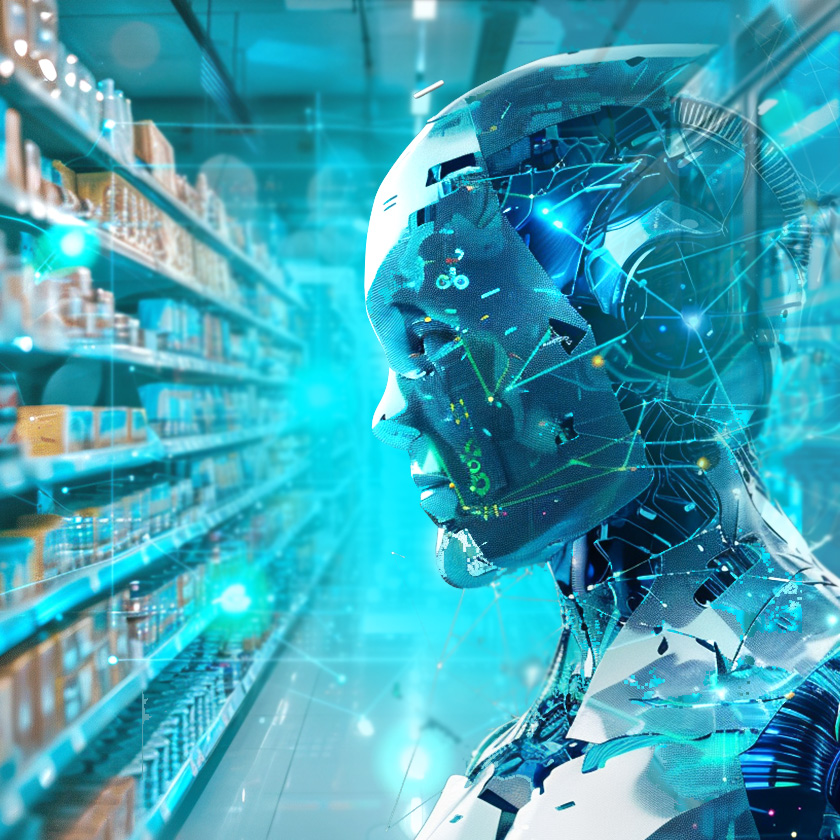
ERP, WMS, CRM and other systems for business processes of production, storage, logistics, customer management; customer service technologies, website and mobile application for users, social media for promotion and communication with the audience — all this is already an integral part of a successful FMCG manufacturer, distributor or retailer.
Today, all these systems are complemented by artificial intelligence, which streamlines and improves all processes. Without AI, it is no longer possible, for example, to analyze the amount of data that companies deal with. Therefore, technologies will further develop and integrate into company processes. To learn more about retail and FMCG technology, follow us on LinkedIn. There you will find useful articles and interesting research about retail tech trends.
